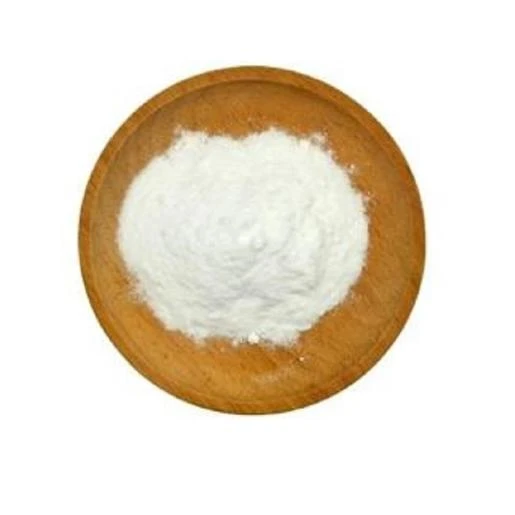Warning: Undefined array key "title" in /home/www/wwwroot/HTML/www.exportstart.com/wp-content/themes/1198/header.php on line 6
Warning: Undefined array key "file" in /home/www/wwwroot/HTML/www.exportstart.com/wp-content/themes/1198/header.php on line 7
Warning: Undefined array key "title" in /home/www/wwwroot/HTML/www.exportstart.com/wp-content/themes/1198/header.php on line 7
Warning: Undefined array key "title" in /home/www/wwwroot/HTML/www.exportstart.com/wp-content/themes/1198/header.php on line 7
- Afrikaans
- Albanian
- Amharic
- Arabic
- Armenian
- Azerbaijani
- Basque
- Belarusian
- Bengali
- Bosnian
- Bulgarian
- Catalan
- Cebuano
- China
- China (Taiwan)
- Corsican
- Croatian
- Czech
- Danish
- Dutch
- English
- Esperanto
- Estonian
- Finnish
- French
- Frisian
- Galician
- Georgian
- German
- Greek
- Gujarati
- Haitian Creole
- hausa
- hawaiian
- Hebrew
- Hindi
- Miao
- Hungarian
- Icelandic
- igbo
- Indonesian
- irish
- Italian
- Japanese
- Javanese
- Kannada
- kazakh
- Khmer
- Rwandese
- Korean
- Kurdish
- Kyrgyz
- Lao
- Latin
- Latvian
- Lithuanian
- Luxembourgish
- Macedonian
- Malgashi
- Malay
- Malayalam
- Maltese
- Maori
- Marathi
- Mongolian
- Myanmar
- Nepali
- Norwegian
- Norwegian
- Occitan
- Pashto
- Persian
- Polish
- Portuguese
- Punjabi
- Romanian
- Russian
- Samoan
- Scottish Gaelic
- Serbian
- Sesotho
- Shona
- Sindhi
- Sinhala
- Slovak
- Slovenian
- Somali
- Spanish
- Sundanese
- Swahili
- Swedish
- Tagalog
- Tajik
- Tamil
- Tatar
- Telugu
- Thai
- Turkish
- Turkmen
- Ukrainian
- Urdu
- Uighur
- Uzbek
- Vietnamese
- Welsh
- Bantu
- Yiddish
- Yoruba
- Zulu
Dec . 16, 2024 09:28 Back to list
Xanthan Gum and Oil Work Together to Form a Stable Emulsion Solution
The Role of Xanthan Gum in Creating Stable Oil-Water Emulsions
Emulsions are fascinating mixtures of two immiscible liquids, typically oil and water, that do not blend naturally. Stabilizing these mixtures is paramount in various industries, including food, cosmetics, pharmaceuticals, and oil recovery. One of the most effective agents used to stabilize emulsions is xanthan gum, a polysaccharide produced by the fermentation of the bacterium Xanthomonas campestris. In this article, we will explore how xanthan gum interacts with oil and water to create stable emulsions, and we will discuss its applications and benefits.
Understanding Emulsions and Their Importance
An emulsion is formed when tiny droplets of one liquid are dispersed throughout another liquid. Stability in emulsions is crucial because, over time, the dispersed droplets can coalesce, rise, or sink, leading to a separation of the mixture. Emulsions are prevalent in everyday products such as mayonnaise, salad dressings, lotions, and creams. The stability of these emulsions enhances texture, consistency, and shelf life.
Creating a stable emulsion involves overcoming the natural tendency of oil and water to separate. Emulsifying agents, such as xanthan gum, are added to reduce the interfacial tension between the two liquids, thus enabling their successful blending.
Xanthan Gum A Natural Emulsifier
Xanthan gum is widely recognized for its ability to stabilize oil-in-water (O/W) emulsions. It is valued not only for its emulsifying properties but also for its thickening capabilities. Xanthan gum achieves emulsion stability through multiple mechanisms
1. Viscosity Enhancement Xanthan gum increases the viscosity of the aqueous phase, effectively creating a thicker medium in which oil droplets are suspended. Higher viscosity slows down the movement of the droplets, reducing the likelihood of coalescence.
2. Particle Interaction The negative charge on xanthan gum molecules allows them to interact with the oil droplets, forming a protective layer around them. This barrier prevents droplets from merging and stabilizes the emulsion.
xanthan gum combined with oil creates a stable emulsion.

3. Hydration Properties Xanthan gum has excellent water retention properties, which can improve the overall texture of the emulsion and contribute to a creamier mouthfeel in food products.
Applications of Xanthan Gum in Emulsions
Xanthan gum's unique properties make it highly versatile in various applications
1. Food Industry In the food sector, xanthan gum is commonly used in salad dressings, sauces, and dairy products. It helps maintain the texture and prevents phase separation, ensuring a consistent product throughout its shelf life.
2. Cosmetics and Personal Care In cosmetic formulations, xanthan gum is used to stabilize lotions and creams. Its ability to create a smooth, velvety texture enhances the user experience and ensures products remain homogeneously mixed.
3. Pharmaceuticals Xanthan gum serves as a stabilizing agent in various pharmaceutical formulations, including suspensions and emulsions for oral or topical use. Its biocompatibility and non-toxic nature make it suitable for medical applications.
4. Oil Recovery In oil recovery, xanthan gum is employed to enhance the viscosity of water, aiding in the extraction of crude oil. This application illustrates the gum’s versatility beyond food and cosmetic industries.
Conclusion
Xanthan gum is a powerful and versatile emulsifying agent that plays a crucial role in stabilizing oil-water emulsions across various industries. Its ability to enhance viscosity, create protective barriers around oil droplets, and retain moisture ensures that emulsions maintain their desired consistency and texture over time. As consumer demands for stable and high-quality products continue to grow, the significance of xanthan gum in formulation science is likely to expand further. Embracing natural emulsifiers like xanthan gum can lead to innovations in product formulations that are both effective and appealing to consumers, reinforcing the importance of this remarkable polysaccharide in modern applications.
Latest news
-
Certifications for Vegetarian and Xanthan Gum Vegetarian
NewsJun.17,2025
-
Sustainability Trends Reshaping the SLES N70 Market
NewsJun.17,2025
-
Propylene Glycol Use in Vaccines: Balancing Function and Perception
NewsJun.17,2025
-
Petroleum Jelly in Skincare: Balancing Benefits and Backlash
NewsJun.17,2025
-
Energy Price Volatility and Ripple Effect on Caprolactam Markets
NewsJun.17,2025
-
Spectroscopic Techniques for Adipic Acid Molecular Weight
NewsJun.17,2025

